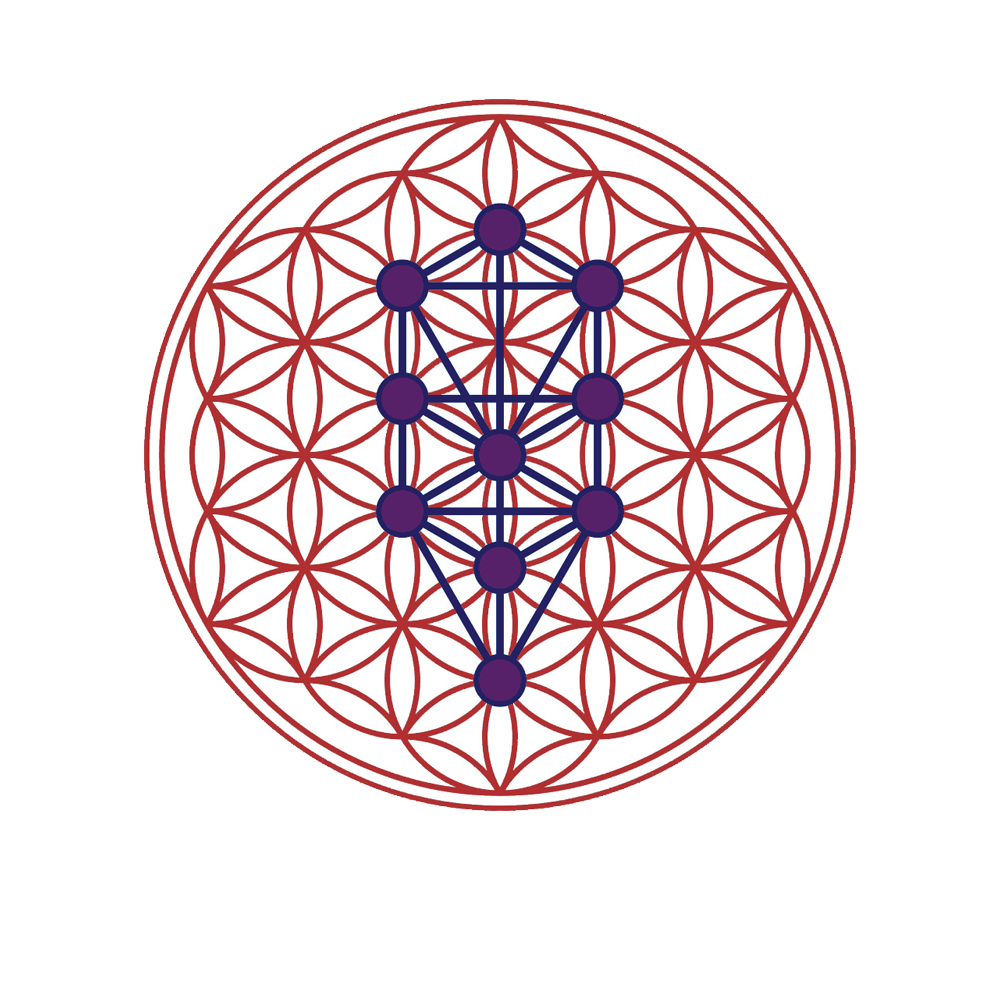Explanation of Purim
With the right headspace and framing, Purim – a holiday which many mistake for an excuse to party — is a holiday of incredible meaning and power.
Rav Ashlag and Rav Brandwein note that the original characters of the Purim story, the Jews of Persia, were uniquely capable of receiving god’s unadulterated light.
The story’s villain, Haman, was like other anti-semites throughout history. He wanted to make Persia, and the world at large, judenrein-- free of Jews. When the Jewish community first heard Haman’s decree, which called for their elimination, they fasted for three days in a row. They abstained from their basest desires, and lived ascetically, focusing only on their relationship with God.
This intensity is from the original light in the world — that which existed before Adam and Eve’s eventual fall from grace. It is Chochmah. But as with all things, Rambam’s shvil hazahav— the golden medium, is preferable here. Chochmah is like electricity. At a high voltage, it can kill, but with the right delivery, it can be positive and transformative.
Filtering Chochmah means living at the nexus of “the light of mercy” and the “light of wisdom” together, in harmony. The question is— where does that light of wisdom emanate from?
Per the Zohar, Purim is the only time that human beings were able to reveal the original light of God. They were able to do this because of the balance of the filters because they fasted and a miracle happened, because they achieved an unparalleled level of joy. The Jews were able to raise their consciousness to an incomparable degree of spirituality — one in which their religious devotion was love-based, and not fear based.
Tzimtum, or contraction, is the idea that even when we have things, or almost have things, we cannot fully grasp them. Since Purim, we have not been able to fully grasp this level of devotion to or relationship with God.
What are we doing on Purim?
Purim has specific tasks associated with it. Reading Megillah — a scroll that is totally and utterly opened and spread out — is reminiscent of the light which is spread everywhere on Purim. Charity is given to all, no matter who is asking. We give Mishloach manot to our friends and neighbors-- this isn’t about being nice, it’s about unlocking a spiritual dimension through sharing. This act of giving is a way of filtering the light, which, on its own, can be overly strong and counter-intuitively work against you.
There is also a widespread practice to drink. Rav Ashlag says that only the greatest scholar should drink. I believe this is calling not for an IQ test, but for an EQ test. The question isn’t who the best at math is, or English, or History, but who is self-aware and self-controlled, and can drink mindfully.
The concept that we are supposed to drink until we don’t know the difference between good and bad is similarly misunderstood. The idea isn’t that we should be so drunk we can’t make coherent sense out of anything, but rather, that through attaining spiritual elevation we reach the Ein sof, the point of endlessness, where there is no difference between good and bad.
If Purim is observed properly, the light of the holiday can be made to last for the whole year.




